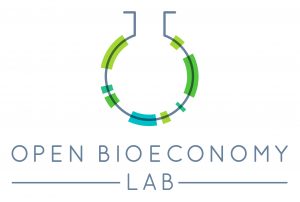Open microreactors for large scale manufacture
This project is funded by the Tsinghua University – Cambridge University Joint Research Initiative
There is a need for low-cost instrumentation for large-scale diagnosis of COVID-19 through detection of the SARS-CoV-2 viral RNA. The most promising technique for near point-of-care testing is Reverse Transcription Loop Mediated Amplification (RT-LAMP) but a limitation is the use of complex laboratory instrumentation to incubate and measure the reaction. RT-LAMP has two advantages compared to the more common RT-qPCR: it can be incubated at one temperature (it is isothermal) and it can be measured through a colour change in addition to fluorescence. A low-cost device that performs both functions for multiple samples would greatly increase testing throughput and is currently being prototyped in Cambridge as part of an international collaboration led by Prof Jim Haseloff (Department of Plant Sciences).
The device exploits open source electronics for control of simple PTC heating elements and heat transfer via a recirculating air stream. This removes the need for milled metal components, and greatly reduces device costs. We will collaborate with Open FIESTA at Tsinghua Shenzhen International School to deliver a device that can be scaled to manufacture and is tested with a number of RT-LAMP-based assays relevant to COVID diagnostics, leveraging the research strengths and local innovation ecosystem of both partners.
Expected outcomes of seed grant funding
- Lab validation data for use of device with various RT-LAMP assays in SARS-CoV-2 testing, testing RNA positive controls.
- Completed device design ready for small-scale manufacture and distributed to COVID-19 reference labs in Africa for testing through on-going partnerships.
- Publication describing the device and biological testing data from Tsinghua and Cambridge.
- Information on pathway to regulatory approval and applications for further funding.
Project Resources
Project Updates
Project Team
Microarray Image Credit: Thomas Shafee on Wikimedia Commons, licensed under CC-BY 4.0




